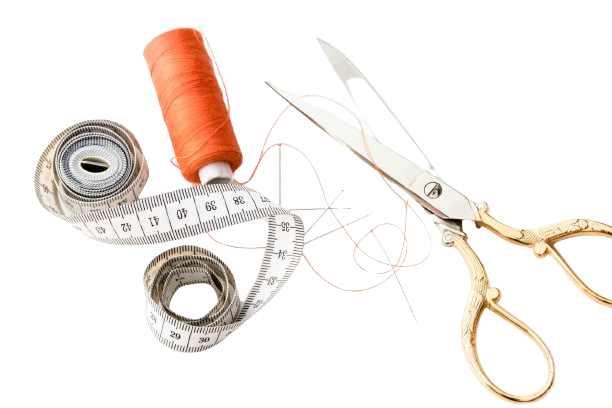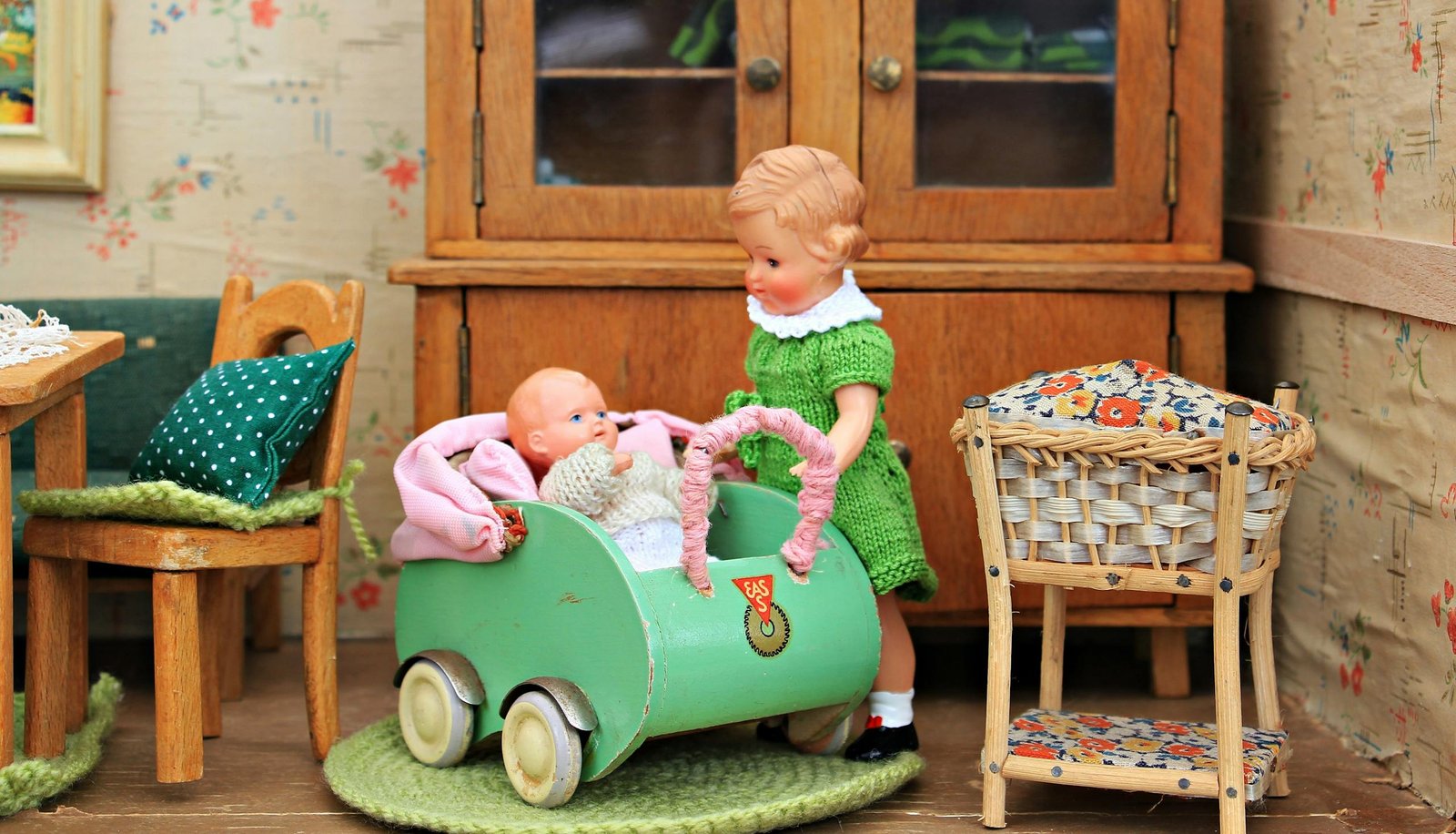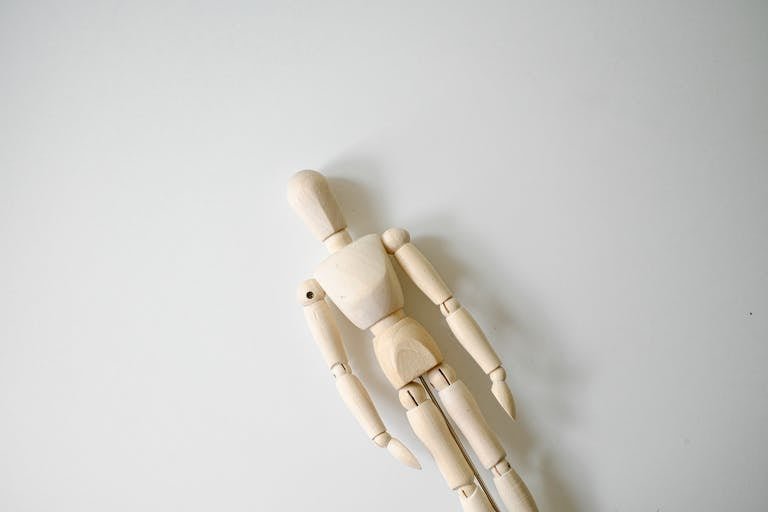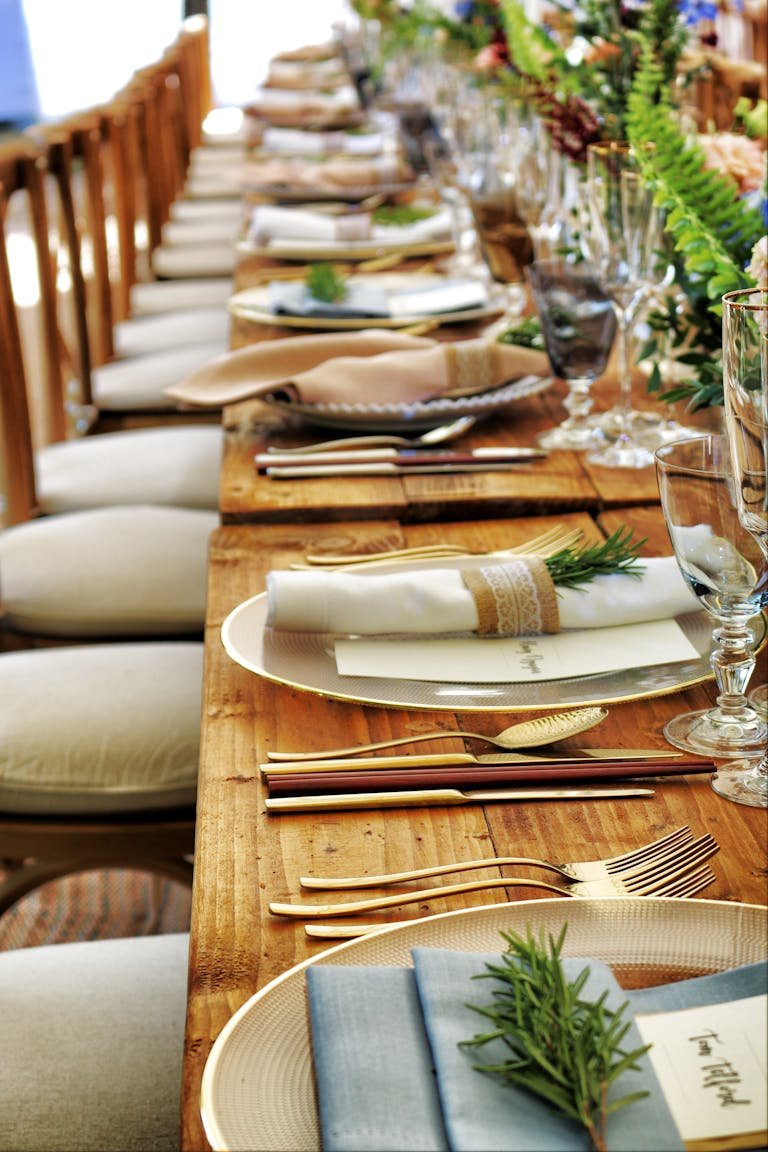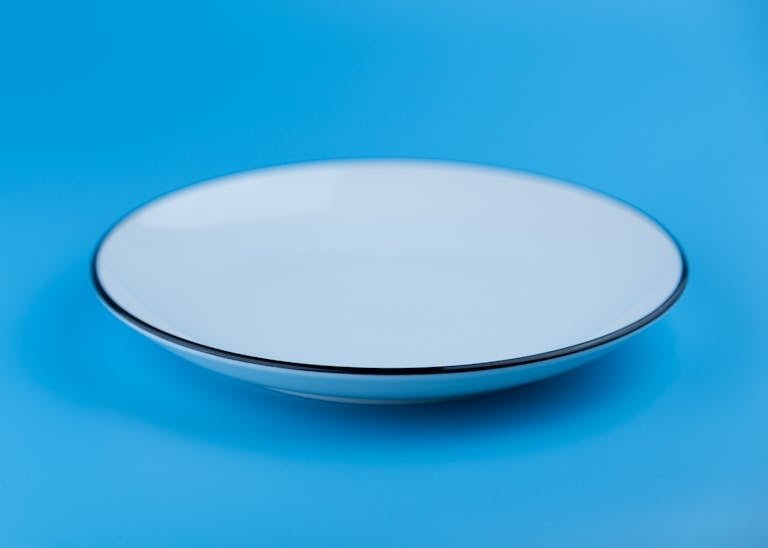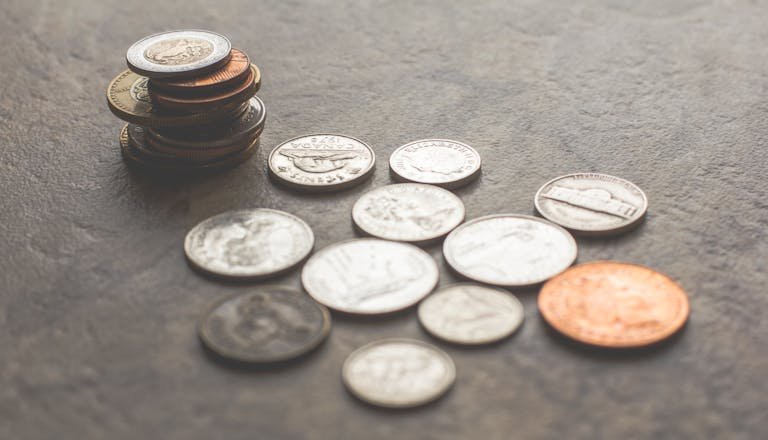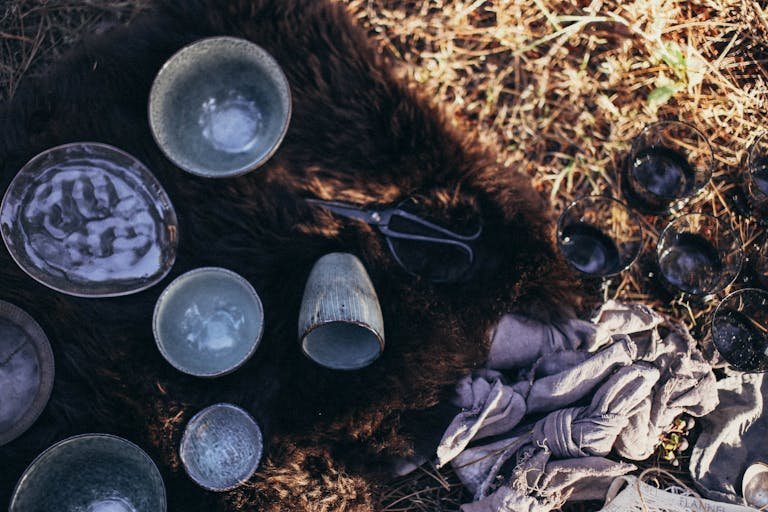Make Amazing Miniatures: DIY Guide
Miniature making is an enchanting hobby that combines creativity, patience, and craftsmanship. Whether you’re in a small village, a miniature figurine, or a finely built diorama, the spectrum of possibilities to create miniature worlds is limitless indeed. This guide will help you learn How To Make Miniatures, from making miniature paper models to the more complex polymer clay sculptures. Let’s get started!
What are Miniatures
Miniatures are small-scale representations of larger objects, often used for purposes such as gaming, education, art, and collection. These intricately crafted pieces can depict anything from fantasy characters and figures to architectural landmarks and scientific models. These tiny models are often used in daily life, as well as in professional fields such as architecture and education.
Types of Miniatures
- Gaming Miniatures: Mostly played in board games, RPGs, and wargames.
- Scale Models: Interact with the world by projecting real objects such as cars, buildings, and equipment.
- Dollhouse Miniatures: Scale-down ones: chairs, tables, and toys for dolls-houses.
- Artisan Miniatures: Handcrafted, onetime designed paper items often by artists.
Reasons to Use Miniatures
Enhanced Visualization
The main reason why we try to use miniatures is for better visualization of the project. Whether you are a gamer who is strategizing a battle or a student who is learning about ancient civilizations, miniatures clearly demonstrate abstract concepts. This is because miniatures present the result of the strategies in an understandable form.
Immersive Storytelling
Miniatures in games and war games visually depict the story of an action that happens little by little, creating an engaging and realistic environment for players. Through their visual presence, they integrate the narrative with physical dimensions, closing the distance between players and the main characters, as well as their environments. While this visual feature does just that, it is able to make a tedious game into a fantastic journey.
Creative Expression
The ability to create pieces of art, be it sculpting or painting, expresses my hidden talent and satisfies the need to be unique as I build something extraordinary. A lot of hobbyists spend their time making their minis according to their stereotype-based view of the world. This special process is one of the most gratifying experiences that can make someone feel worthy and certain about the outcome of their endeavors.
Educational Tools
Models can be employed to teach history, architecture, and science. They can be applied to both visual and interactive learning environments. For example, building a miniature version of a medieval castle can enable the students to comprehend its structure and essence better than the explanation given in textbooks alone. Similarly, like in the solar system model that physics may use, models can make abstract subjects easier to grasp.
Collectible Value
For some, the value of collectible miniatures lies in their artistry, rarity, or characters that they represent reflecting their favorite brands or franchises. Collectors typically search for more unique items such as low edition figures, unusual objects, or miniatures from the special series. The adrenaline rush when catching something and pride from owning that treasured piece is certainly motivators.
Methods To Make Miniatures
Method 1: Paper Miniatures
Here’s how you can create your own paper miniatures:
Materials Needed
Basic Supplies:
- Cardboard or craft paper
- Scissors or a craft knife
- Glue
- Ruler
- Pencil
Optional Enhancements:
- Paints
- Markers
- Small decorative items (e.g., glitter, stickers)
Sketch & Cut
Firstly, mark up your miniature prototype by tracing it out on to a piece of cardboard or craft paper. A ruler can be very helpful for drawing straight lines, while the pencil will make corrections quicker. When you finally get pleased with the design, make sure you cut out the piece elegantly either with a scissor or a crafts knife.
Score & Fold
Trim folds for three-dimensional shapes with a blunt object, like an old post-divided post. Doing it this way results in clean bends thereby making the folding simple. Take care to make all the folds along the fold lines to set off the basic structure of your miniature.
Assemble & Glue
Use glue on the marked spots and join parts together by pushing them. Assure the connections are secure while the glue is still wet, and then let it dry as well. This step involves staying calm and not making a rush as otherwise, pieces can get off track.
Details & Paint (Optional)
After putting the fundamental structure together, add the detailed parts such as windows, doors, or furniture by using the remaining paper slivers. A cleaner and overall more professional look could be achieved by painting your miniature instead. Work with small brushes for the details, and make sure the previous layer has dried before the subsequent layer goes on.
Method 2: Sculpting Miniatures
Materials Needed
- Polymer clay (various colors)
- Sculpting tools (craft knife, needle tool, sculpting brushes)
- Sandpaper (optional)
Condition the Clay
Knead the softener to soften the polymer clay to enable you to mold it easily. Like, the kneading of the dough, this phase is very important because it yields the softness and the air bubbles-free quality of the clay.
Sculpt the Base
Start by shaping the main body of your miniature. Use your fingers or sculpting tools to create the desired form. If you’re sculpting a miniature figure, begin with a basic shape and gradually refine it.
Add Details
When the base form is done, then work other small details on with other materials like facial features, clothing, or accessories using smaller pieces of clay. Modeling and chiseling tools will allow you to create small details and make decorative patterns.
Bake or Air-Dry
Follow the drying directions from the clay package. The clay is made of polymer which is pre-conditioned with the specification of the temperature and time. Ensure you don’t bake over, as this can make your clay brittle.
Sand and Paint (Optional)
When your masterpiece turns itself into a hard object, sandpaper can fix any bumps. Miniature painting could create a shadow and even climb to its original state. Utilize fine brushes for detailed painting and finish your art struggle with the clear mono for protection.
Method 3: Miniature Furniture
Materials Needed
- Wood strips or balsa wood
- Craft knife
- Sandpaper
- Glue
- Paint (optional)
- Miniature hardware (optional)
Design and Cut
Design your miniature furniture on paper first. After you are confident of the design, draw it on strips of wood or balsa. Pay due attention to cutting the contour exactly and use a craft knife. Balsa wood works very well for this purpose since it is straightforward to cut into required shapes.
Sand and Assemble
Use sandpaper to smooth off the cuts on each of the pieces. This phase trims 1/4 inch from each side of the plywood, creating the right fitting of the furniture. Use glue to apply on the joints and hold them until they dry off.
Detailing and Painting (Optional)
Add small details like handles, knobs, and cushions to give your creation a more realistic feel. Along with the paints you are also providing the customer with the look, and improvement, giving the furniture a finished, polished appearance.
Method 4: Miniature Landscaping
Materials Needed
- Foam board or cardboard
- Craft knife
- Glue
- Paints and brushes
- Flocking material (grass, foliage)
- Miniature trees and shrubs
Base and Terrain
Use foam board as the base or cardboard substrate. A craft knife is a tool you should use in order to carve out a terrain that will show hills, valleys,s, and other features. In doing so, you provide the base for anything that will follow.
Paint and Texture
Use the paint as a platform to design the base colors representing earth, sand, and water. When you finish, paint and apply textures as flocking material for grass and foliage. It is therefore possible to add a realistic touch and a visual appeal to your model when you set up your environment.
Add Details
Tiny pines, shrubs, and other small items add to your landscape. Glue them in place and allow them to dry. These specifics make your main landscape scene seem like a live including a dimension and movement.
Read Also: What is the Difference Between Crochet and Knitting?
Final Words
The hobby of making miniatures is an engaging thing by this, you can make small, wonderful worlds. The nylon string on the instrument allows us to create vibrato effects and dissonant sounds. With patience, diligence, and the flourishing of creativity, these models can come true. Therefore, collect the materials and draft your designs, then move forward and create your miniature masterpieces.
